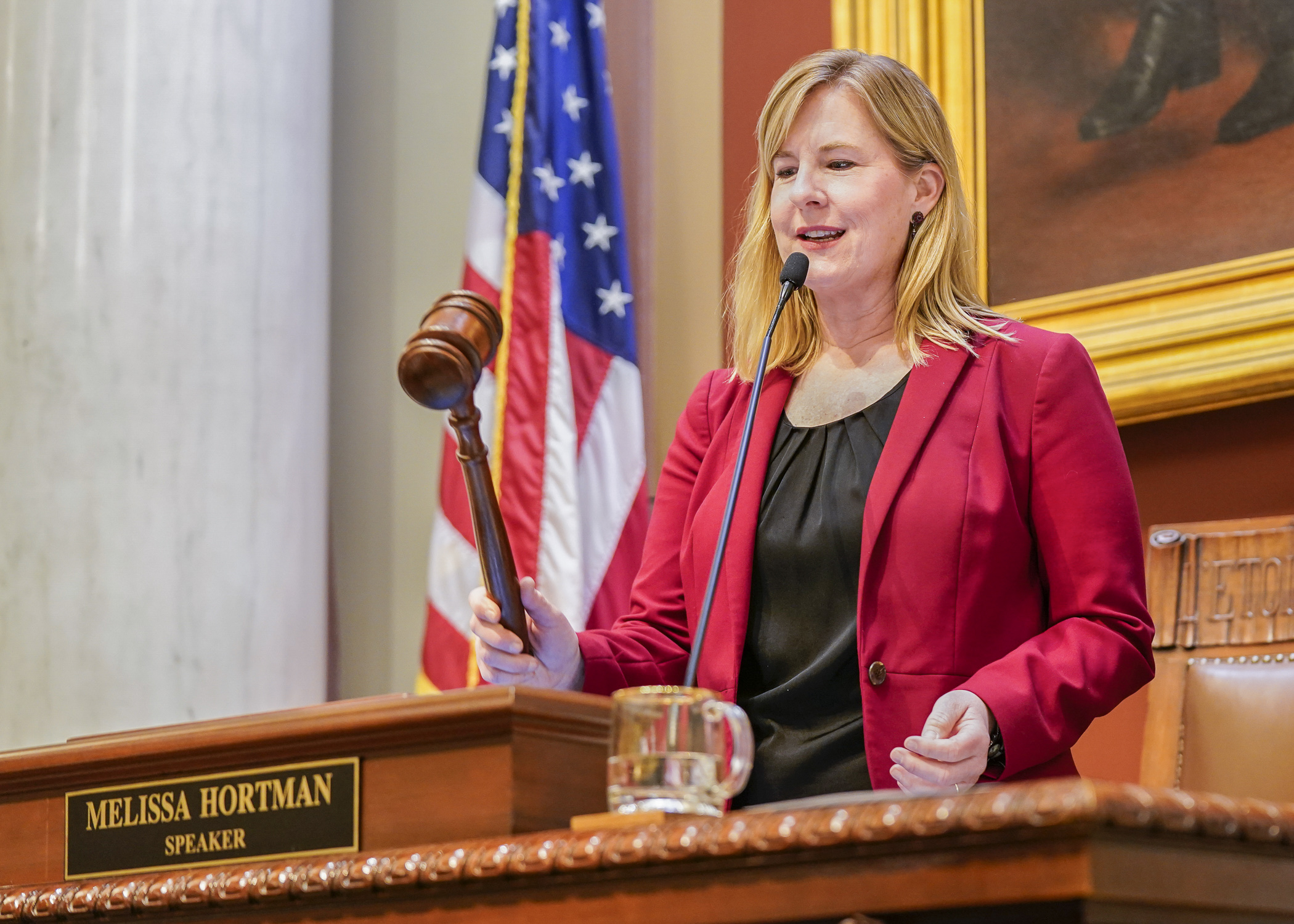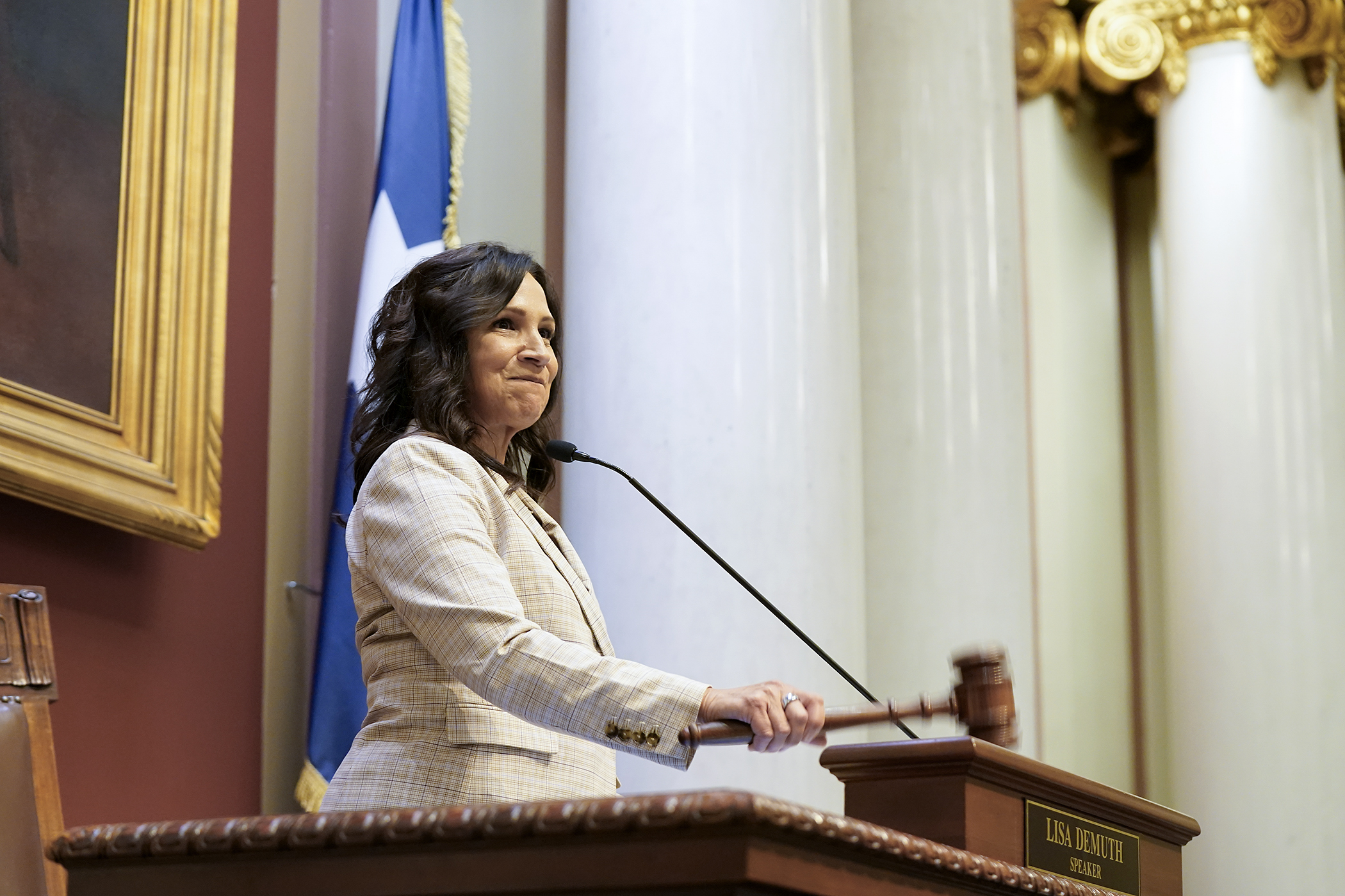Judicial Branch successes — and concerns — shared with public safety panel
The state judicial branch handles approximately 1.3 million cases annually before 317 judges. Its 106 locations gives it more geographic locations than any other part of state government.
Those were among the facts presented to the House Public Safety and Security Policy and Finance Committee Tuesday during a judicial branch overview.
State Court Administrator Jeff Shorba said the third arm of state government has a $638 million biennial budget, not counting the budget for Civil Legal Services.
The amount of filings in 2015 range from more than 1.28 million in the state’s district courts to 1,953 filings to the Court of Appeals. The state Supreme Court received 615 petitions for further review in 2015 and 143 direct appeals.
Shorba said eight of the state’s 10 judicial districts have seen an increase in judge needs. That is due, in part, to a 56 percent increase in child protection and permanency cases between Fiscal Year 2012 and Fiscal Year 2016. Drug-related case filings increased 25 percent between Fiscal Year 2015 and Fiscal Year 2016, while felonies and gross misdemeanors were up 12 percent in that same period.
Of the district court filings, 15 percent are considered major cases, such as gross misdemeanors and felonies, yet judges spend 82 percent of their time on such cases.
Ina different way of treating offenders, the state offers a variety of treatment courts, including drug, DWI, family dependency, mental health and veterans. The goal, Shorba said, is to urge offenders to complete a treatment program and abstain from repeating problematic behavior that got them into the judicial system.
Evaluations have shown that treatment courts reduce recidivism, reduce incarceration time, help offenders gain life skills and save taxpayer dollars. While a formal amount of savings is unknown, Shorba said anecdotal evidence shows the success of such options.
Shorba also touted the success of the state’s eCourtMN initiative, which has replaced paper-based court files with an electronic-based information. Among the benefits, he said, are the ability for justice partners increase efficiency to instantly access court documents and records rather than waiting for paper copies. Shorba said the court’s case management system handles 268,000 messages per day.
Related Articles
Search Session Daily
Advanced Search OptionsPriority Dailies
Speaker Emerita Melissa Hortman, husband killed in attack
By HPIS Staff House Speaker Emerita Melissa Hortman (DFL-Brooklyn Park) and her husband, Mark, were fatally shot in their home early Saturday morning.
Gov. Tim Walz announced the news dur...
House Speaker Emerita Melissa Hortman (DFL-Brooklyn Park) and her husband, Mark, were fatally shot in their home early Saturday morning.
Gov. Tim Walz announced the news dur...
Lawmakers deliver budget bills to governor's desk in one-day special session
By Mike Cook About that talk of needing all 21 hours left in a legislative day to complete a special session?
House members were more than up to the challenge Monday. Beginning at 10 a.m...
About that talk of needing all 21 hours left in a legislative day to complete a special session?
House members were more than up to the challenge Monday. Beginning at 10 a.m...